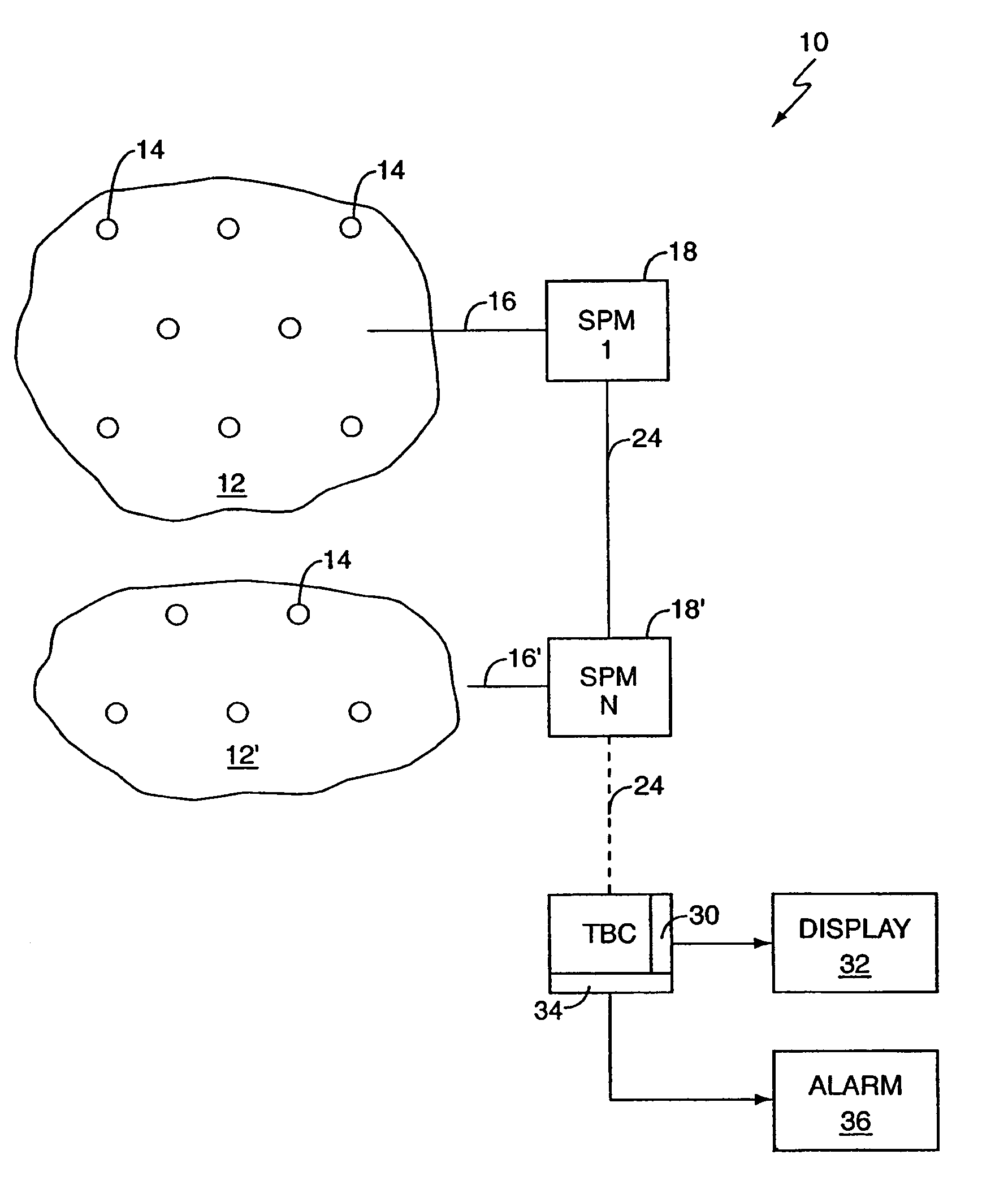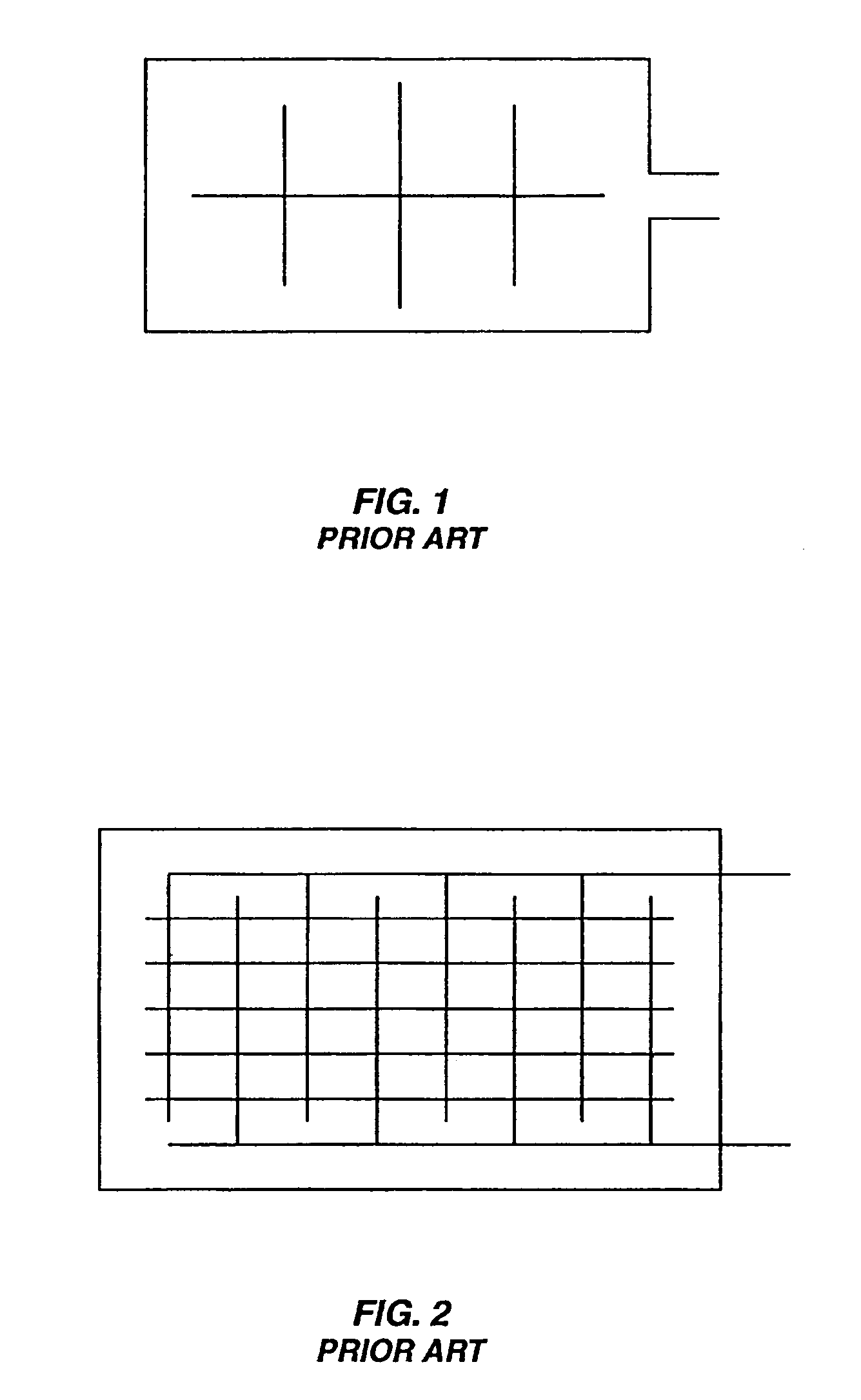System for damage location using a single channel continuous acoustic emission sensor
a continuous acoustic emission and sensor technology, applied in the field of non-destructive testing, can solve the problems of inability to efficiently integrate into composite and heterogeneous structures, laborious non-destructive evaluation techniques, and loss of the entire vehicle,
- Summary
- Abstract
- Description
- Claims
- Application Information
AI Technical Summary
Benefits of technology
Problems solved by technology
Method used
Image
Examples
Embodiment Construction
[0034]In the following description, like reference characters designate like or corresponding parts throughout the several views. Also in the following description, it is to be understood that such terms as “forward,”“rearward,”“left,”“right,”“upwardly,”“downwardly,” and the like are words of convenience and are not to be construed as limiting terms.
[0035]Referring now to the drawings in general and FIG. 3 in particular, it will be understood that the illustrations are for the purpose of describing a preferred embodiment of the invention and are not intended to limit the invention thereto. As best seen in FIG. 3, a sensor array, generally designated 10, is shown constructed according to the earlier invention disclosed in commonly owned U.S. Pat. No. 6,399,939. The sensor array 10 includes three major sub-assemblies: a unit cell 12 having a plurality of discrete sensor nodes 14; a signal adder for combining the output of each of the discrete sensor nodes 14 into a single output 16; a...
PUM
 Login to View More
Login to View More Abstract
Description
Claims
Application Information
 Login to View More
Login to View More - R&D
- Intellectual Property
- Life Sciences
- Materials
- Tech Scout
- Unparalleled Data Quality
- Higher Quality Content
- 60% Fewer Hallucinations
Browse by: Latest US Patents, China's latest patents, Technical Efficacy Thesaurus, Application Domain, Technology Topic, Popular Technical Reports.
© 2025 PatSnap. All rights reserved.Legal|Privacy policy|Modern Slavery Act Transparency Statement|Sitemap|About US| Contact US: help@patsnap.com



